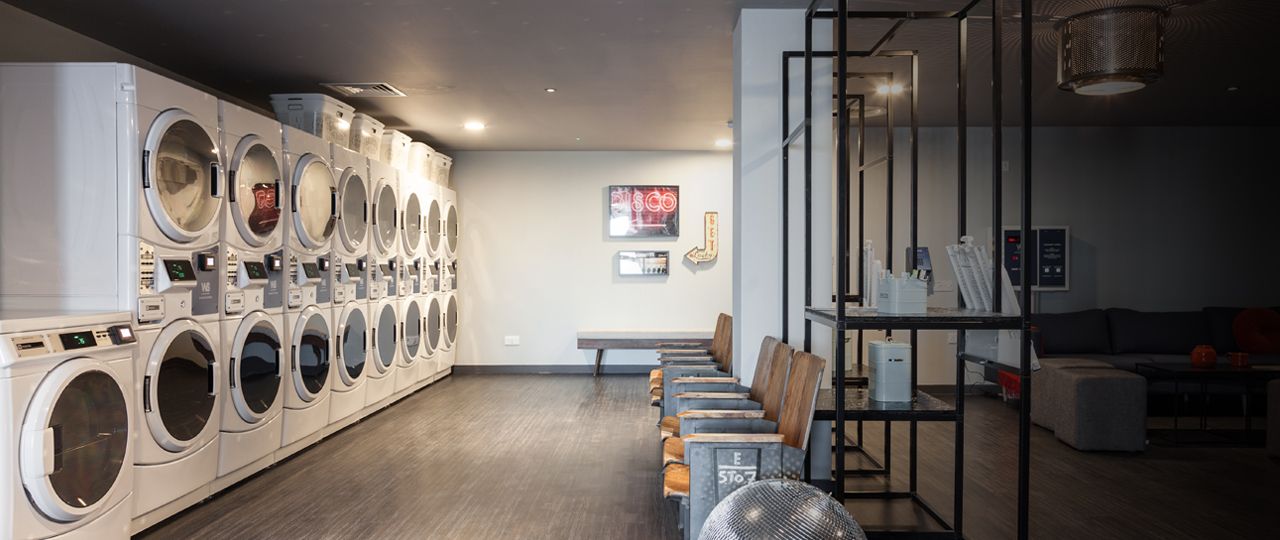
London’s housing shortage is well-publicised – but the growing trend for co-living in the capital is something new.
Factors such as affordability, advances in digital sharing and changes in traditional city lifestyles are driving this growing trend and shaping a novel way of urban living.
In cities around the world, the very idea of ‘home’ is being challenged. In many of Tokyo’s internet cafes, commuters can have some rest, sleep for a few hours and have access to showers, meals and clothes. Is Airbnb now the “home” of contemporary urban nomads for a few days? Is “home” anywhere the Wi-Fi is?
To keep pace with all these questions the British Council has presented the exhibition Home Economics, which tackles the frontline of British architecture - the home - at the 15th International Architecture Exhibition in Venice and, among others, investigates a new approach to short and medium-term residencies in the context of temporary work experience, study visas or student semesters: otherwise referred to as co-living.
The co-living trend is gaining popularity across many global cities from New York to San Francisco, from Bali to Nagoya in Japan, thanks to increasing rents, desires for a more sociable lifestyle and the difficulty of finding suitable accommodation in the urban jungle.
Now the trend has spread to London. The Collective (founded in 2010) has recently launched its first purpose-built co-living building in Old Oak, following on from its successful 'service living' spaces in Acton, Camden, Hyde Park, Notting Hill and King’s Cross.
It was here, at Old Oak, that I recently had the opportunity to spend some time. The Collective at Old Oak is an eleven storey complex with 550 micro bedrooms, set beside the canal in Willesden Junction, among industrial premises in north west London, in the heart of the area’s ongoing £10 billion urban regeneration project.
I was invited to a Friday night rooftop party at The Collective, where I met all sorts of fun and interesting people including some Americans travelling across Europe, a young girl working in television and a London student of history of design. I also met Ed, the Collective community manager who, after living and working in co-living accommodation in San Francisco, is now curating a programme of events at The Collective.
He told me that networking is one of the key reasons people sign up to live in 12 square metre rooms for £1,000 a month. The private spaces here are constituted mainly by double studios - two en-suite bedrooms with private tiny bathrooms that share a small kitchenette.
The major emphasis here goes on shared amenities which enable residents to meet each other and collaborate -the restaurant, kitchens, gym, cinema, spa, laundrette, a game room, a secret garden and landscaped roof terrace. The Collective delivers on its motto, sharing in this place is “a luxury, not a compromise”.
Currently the Collective is offering month-to-month leases as part of the building is still undergoing development. But from September, the minimum length of tenancy will be nine months. Thinking in terms of months rather than years means that residents don’t need to belong to the place, nor the place to the resident. The Collective’s motto is to “collect moments not things” and appeals to people living more transient lifestyles who want to stay commitment free.
Crucially, the rent (which averages around £250 per week) includes utility bills, council tax and Wi-Fi, as well as concierge, linen changes and cleaning, maintenance and security services.
For residents of The Collective, the concept of what we consider “home” seems to be changing. Home doesn’t have to be a long term arrangement here – it’s a place that offers flexibility rather than stability. The project seems perfect for people who are looking to strike the right balance between freedom and security, while focusing on their careers and personal development.
